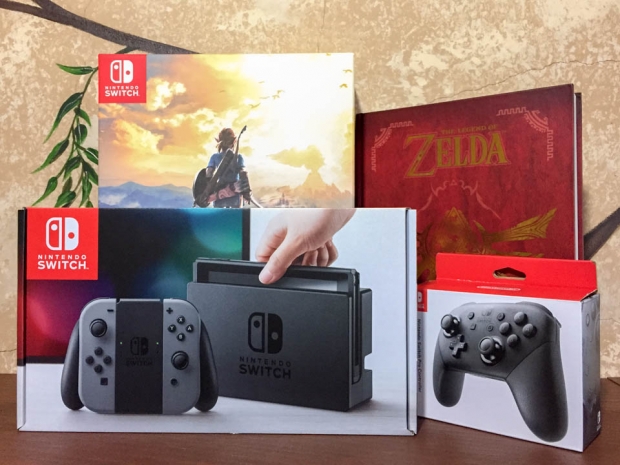Index
Console
The Switch console unit runs a standard Nvidia Tegra X1 T210 processor (Maxwell) with four 2.0GHz Cortex-A57 cores and a GM20B graphics core. Other specifications include 4GB of LPDDR4 memory, 32GB of flash memory, 802.11ac wireless connectivity, Bluetooth 4.1, a 3.5mm earphone jack, one USB-C port, one USB 3.0 port, and two USB 2.0 ports. The included battery is a 4,310mAh lithium-ion battery cell that takes approximately 3.5 hours to fully recharge from a depleted battery.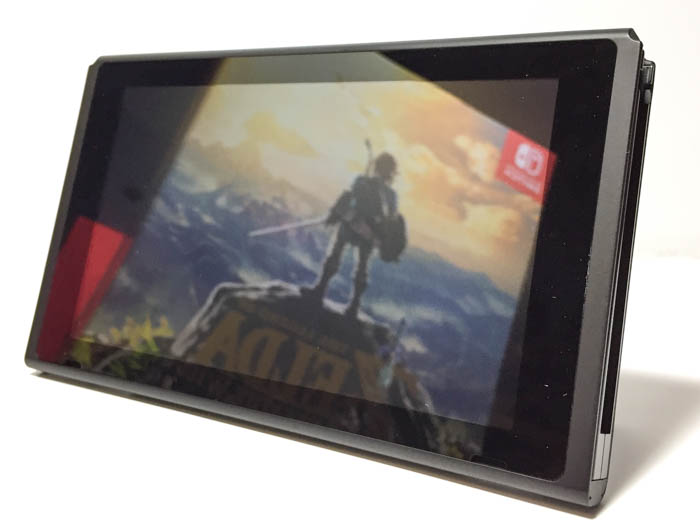
The tablet itself measures 239mm wide, 102mm tall and 14mm deep (9.41 x 4.02 x 0.55 inches) and features a 6.2-inch IPS display with 1280x720p resolution. There are noticeable bezels around the screen itself, which some have attributed to either power consumption or cost savings.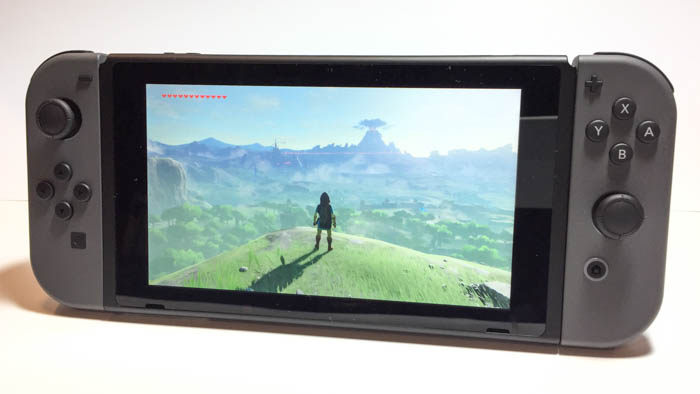
In comparison, the Nvidia Shield Tablet K1 (Kepler) measures 220mm tall, 130mm wide, 9.1mm deep (8.66 x 5.12 x 0.36 inches) and features a 5-inch display. The tablet features an Nvidia Tegra K1 (Kepler) processor with four Cortex A15 R3 cores running at 2.2GHz each, and operates at 5V with 2A.
The console unit contains both a power button and adjacent volume buttons in the top left corner, a 3.5mm audio jack and game card slot on the top right corner, two speakers on the bottom, and a brightness sensor at the bottom of the display bezel.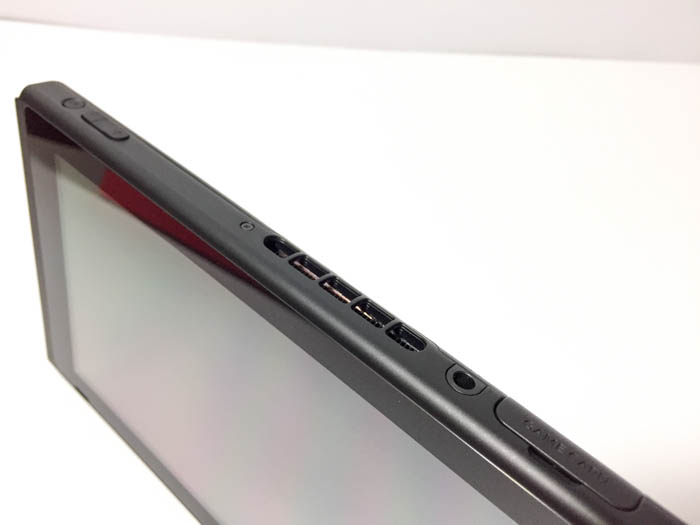
On the back of the console unit is a miniature kickstand, a microSD card slot up to 2TB in capacity, and a USB Type-C connector, while the sides of the console feature two slotted rails for inserting the Joy-Con controllers.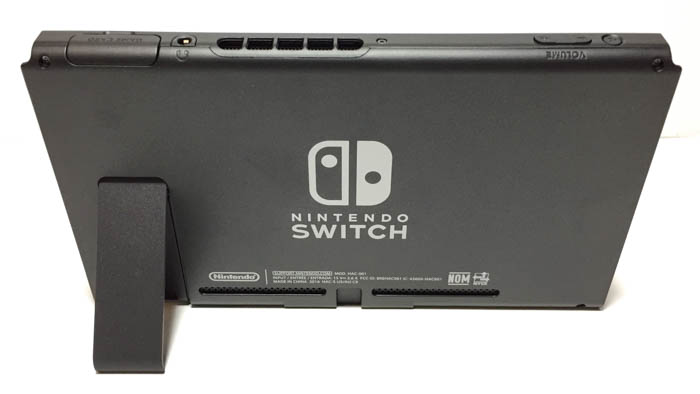
Power
Although the device does not support QuickCharge protocols, it does utilize the next-generation USB Power Delivery 2.0 standard featuring 5V, 9V, 15V and 20V operational modes. According to AnandTech, the Switch’s power adapter runs at 15V, though the console itself is limited to pulling 2A regardless of voltage. According to IGN, the Nintendo Switch is capable of charging a MacBook Pro over USB-C when plugged into one of the notebook’s Thunderbolt 3 ports. This is presumably also the case for other USB-C enabled notebooks, though mileage may vary.
Joy-Con Controllers
The left Joy-Con controller features dedicated “L” and “ZL” buttons at the very top, a minus (-) button and left stick control at the top, directional arrows towards the center, and a capture button used to capture images during a game. The controller can also be used in the horizontal position for additional controls, which include an “SL” button and an “SR” button along with a console “Sync” button and player LEDs to indicate which player has been assigned to the controller.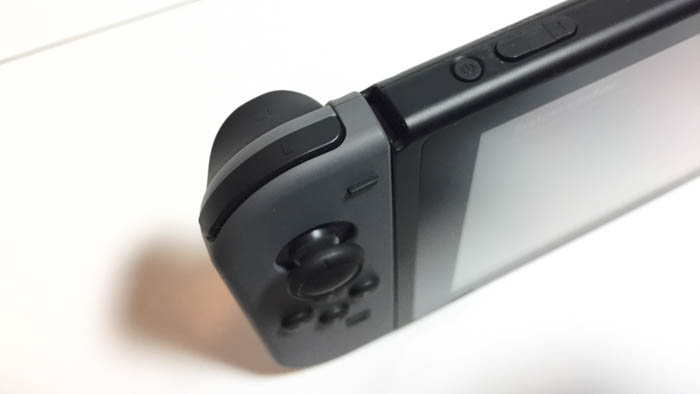
The right Joy-Con controller features dedicated “R” and “ZR” buttons at the very top, a plus (+) button and right stick control at the top, A, B, X, Y buttons towards the top, a right stick control towards the center, a Home button, and an IR motion camera towards the bottom. The controller can also be used in the horizontal position for additional controls, which include an “SL” button and “SR” button.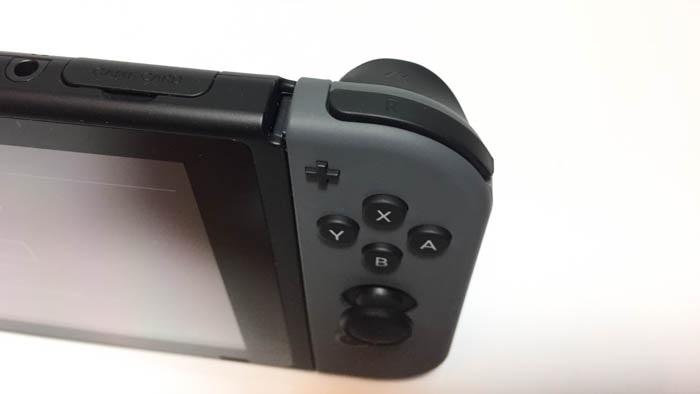
Each controller slides into the left and right slotted rails on the sides of the Nintendo Switch. When controllers are attached, the full console weighs less than one pound and is significantly easier than the Wii U gamepad controller to handle for long periods of time.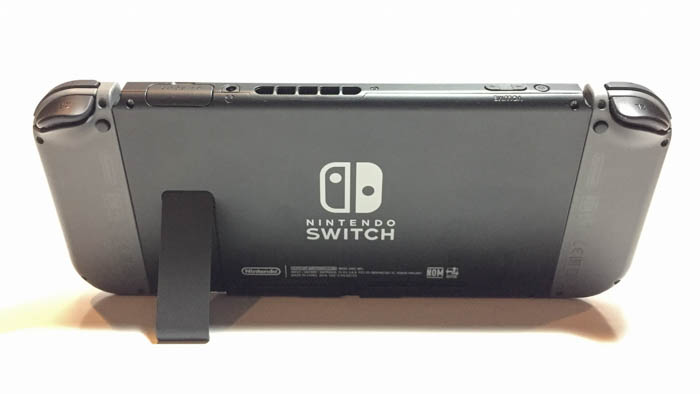
Conveniently, both Joy-Con controllers also work natively with Android, PC and Mac, but will require a third-party app to get each operating system to recognize the button arrangements.
Nintendo Switch Pro Controller
The best way to describe the Nintendo Switch Pro Controller is a refined alternative to using the Joy-con and Charging Grip configuration for those wishing to play with a more conventional controller layout. The design includes two analog control sticks on the top left and bottom right, an eight-way directional Control Pad, four shoulder buttons, along with Home, Plus, Minus and Capture buttons in the center.
The controller includes motion controls, HD rumble, amiibo functionality and weighs 14.1 ounces (0.4kg) – just an ounce under the Xbox Wireless Controller (15.2oz / 0.13kg) and just over double the weight of a DualShock 4 controller (6.77oz / 0.19kg).
Docking Station
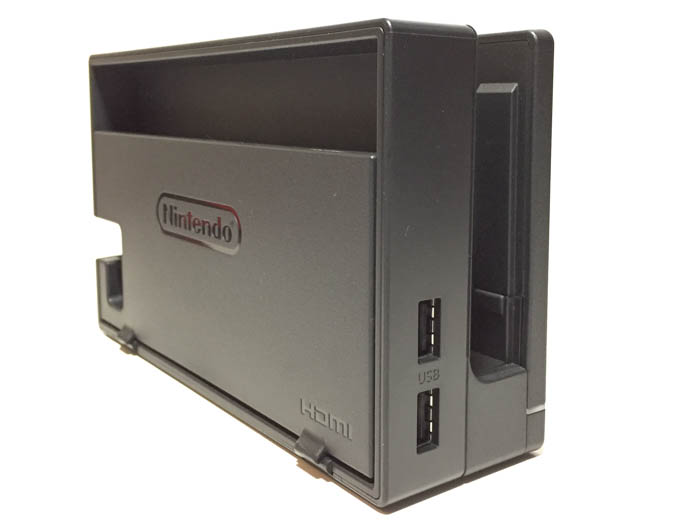
The included Nintendo Switch docking station measures 173mm wide, 104mm tall and 54mm thick and weighs 11.53 ounces (327g). The unit features two USB 2.0 ports on the front and features a flip-open back cover revealing three additional ports – one USB 3.0 port, one HDMI 2.0 port, and the AC adapter port.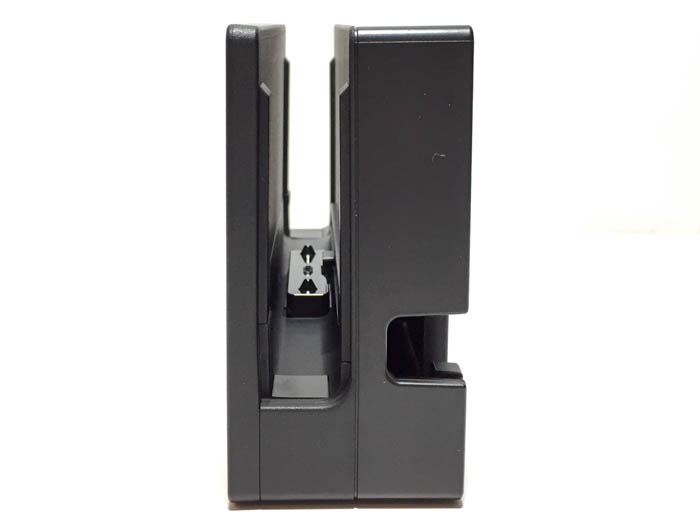
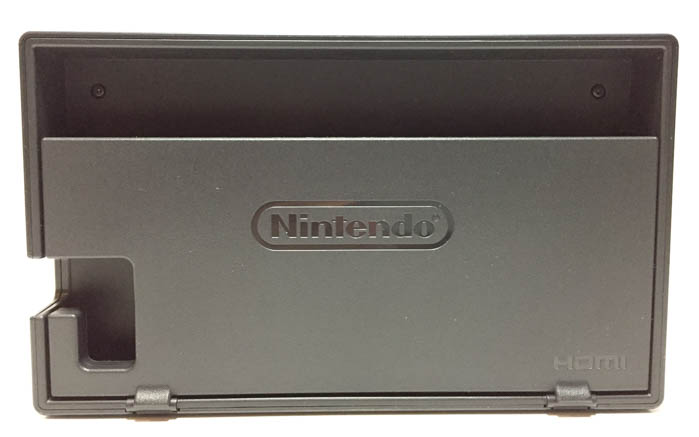
The docking station uses USB Type-C to mount the Switch console and when installed, connectivity is indicated by a green TV-Out indicator light next to the front USB 2.0 ports. The docking station can support resolutions up to 1080p and a maximum frame rate of 60 frames per second, though resolution can vary depending on the game. For instance, The Legend of Zelda: Breath of the Wild runs at a maximum 900p and 30fps while the console is docked, though is capable of outputting 720p in portable tablet mode.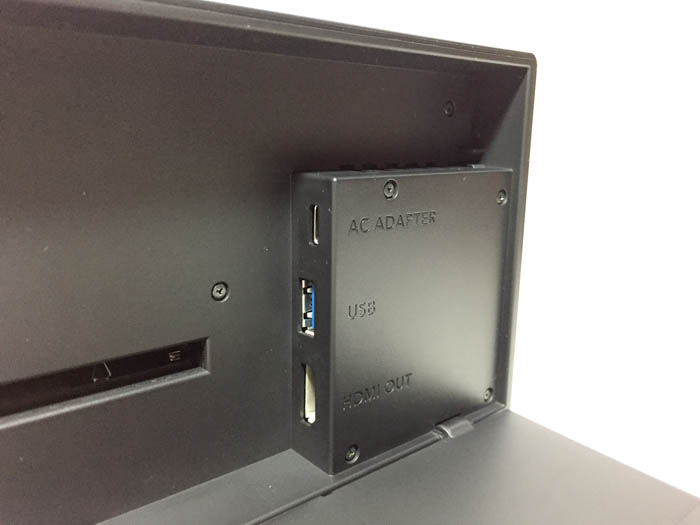
When docked, the Switch takes approximately 3 hours to charge when powered off or in sleep mode.
Aesthetics
In terms of aesthetics, the Nintendo Switch features a fairly straightforward tablet design that could be slimmed down just a bit with the removal of its bezels, though the laws of consumer product cycles tell us that Nintendo may likely redesign the console at a later point once the first generation has been on the market for at least two years. The company’s Nintendo DS lineup saw refreshes once every eighteen to thirty months. Now that this console merges the boundaries between household and portable device groups, it is possible that the company could opt for a quicker release cycle than the traditional 4 to 6 years its home console lineup has experienced.

